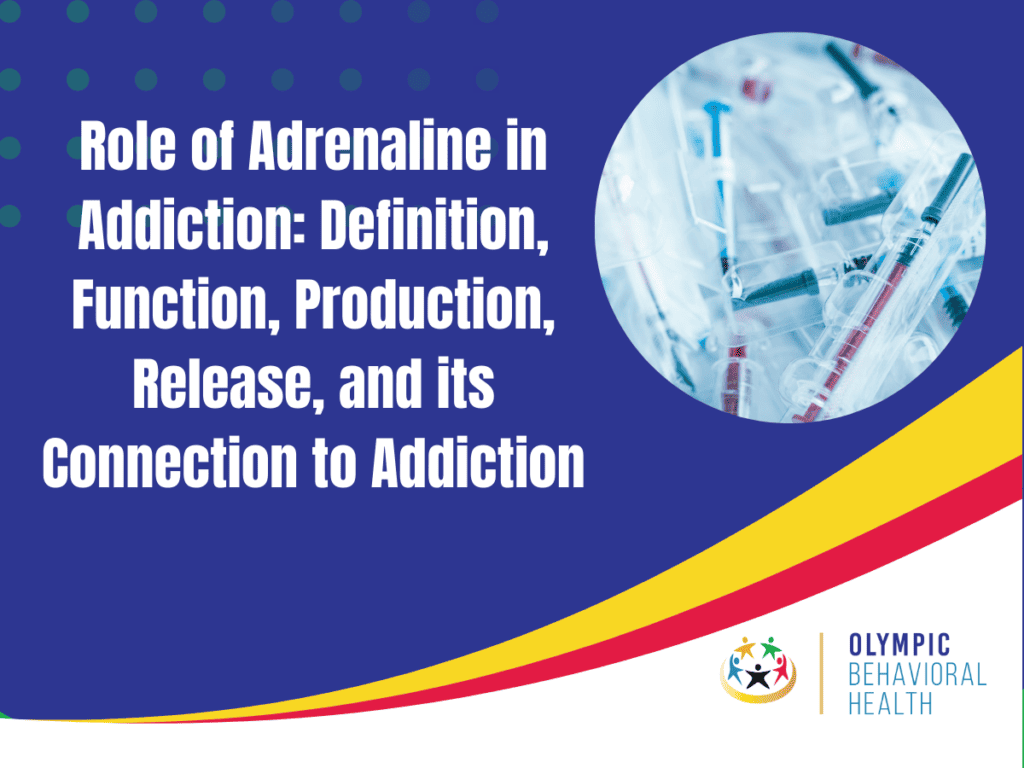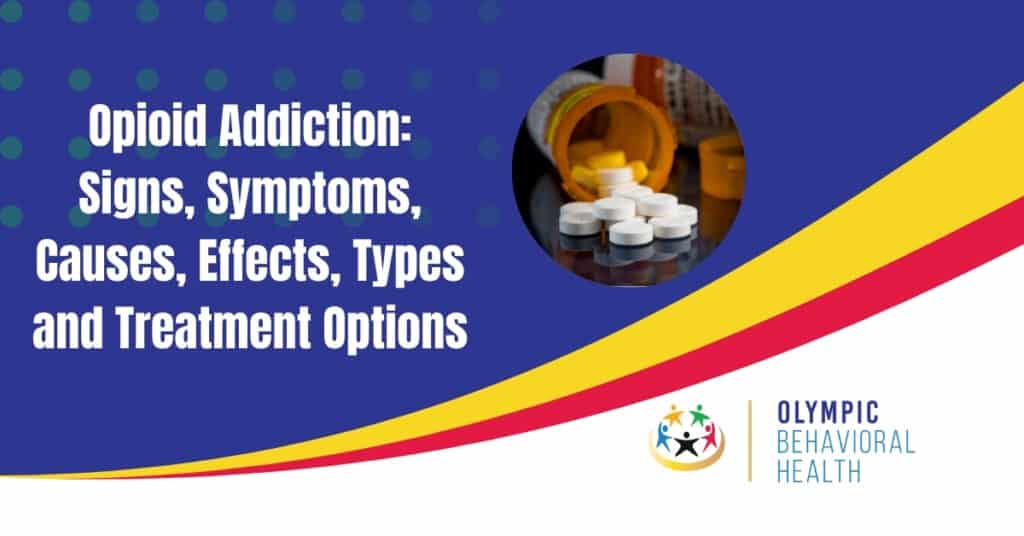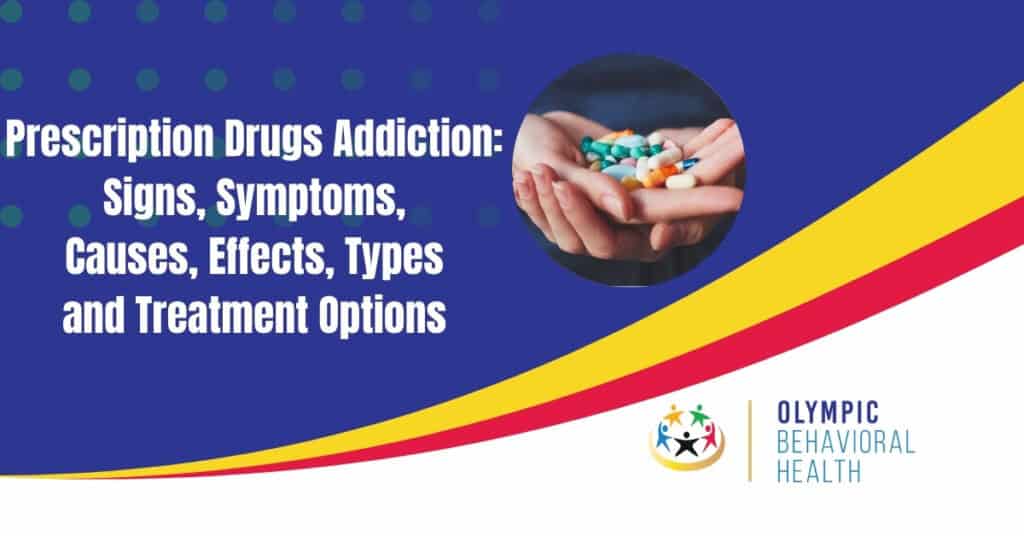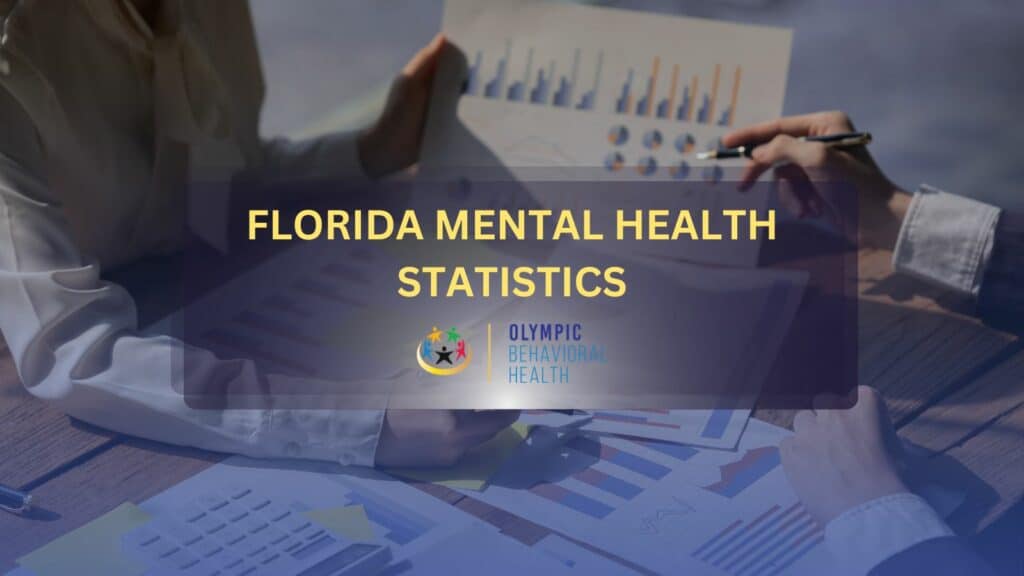Adrenaline is a hormone produced by the adrenal glands in response to stress, fear, or excitement, and plays a crucial role in preparing the body for a “fight or flight” response. While adrenaline has proven valuable in helping individuals overcome challenges and survive threats, its addictive potential is a growing concern in modern society.
The concept of adrenaline addiction challenges traditional perceptions of addiction, often associated solely with substances like drugs and alcohol. Adrenaline addiction is a relatively new phenomenon.
The addictive nature of adrenaline lies in its ability to trigger the release of dopamine in the brain’s reward system. This release of dopamine creates feelings of pleasure and euphoria, establishing a reinforcing loop that associates the behavior leading to the adrenaline rush with a desire for more.
Engaging in risky behavior without considering the potential consequences is a hallmark of adrenaline addiction. This may encompass physical, mental, social, financial, or legal ramifications. The pursuit of adrenaline becomes compulsive, and individuals may find themselves continuously seeking out activities that produce the desired rush.
While adrenaline addiction is not as widely recognized as substance addiction, the physiological and psychological mechanisms involved share similarities. Acknowledging and understanding the addictive potential of adrenaline is crucial for developing effective interventions and treatment strategies.
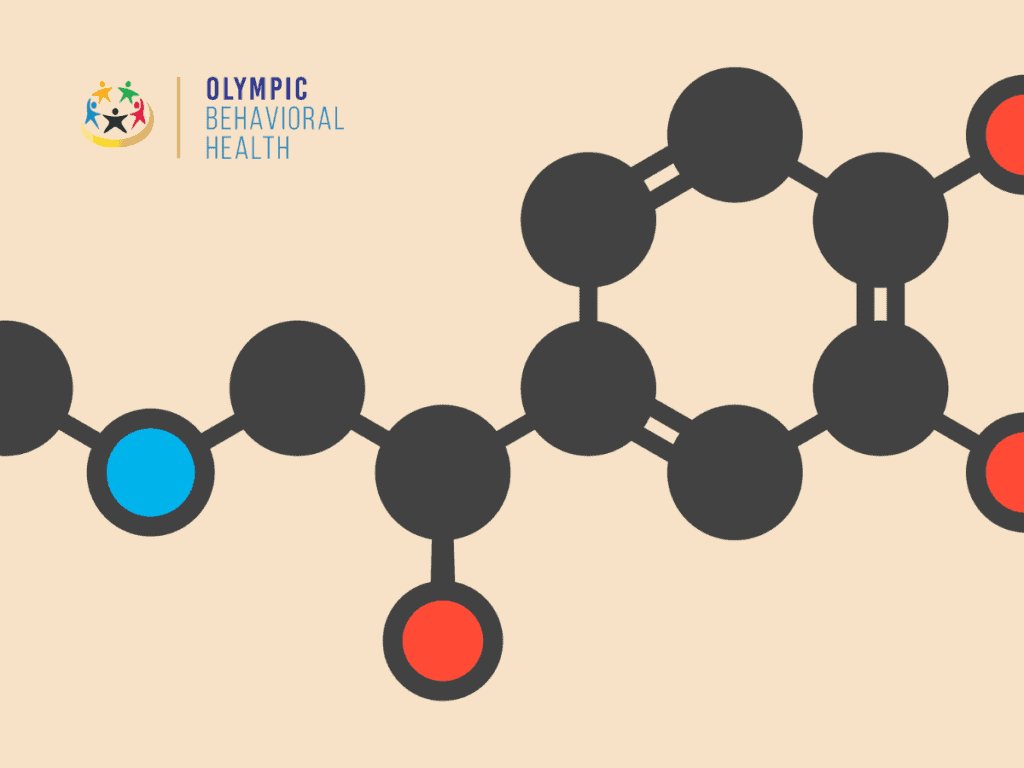
What is Adrenaline?
Adrenaline, also known as epinephrine, is both a hormone and a neurotransmitter within the human body. It is classified as a catecholamine alongside, noradrenaline and dopamine due to the presence of a Catechol group. Adrenaline as a chemical messenger plays a role in the body’s response to stress and danger. It produces what is commonly called the “fight-or-flight” response, which is clinically termed the acute stress response.
Adrenaline is produced and released by the adrenal glands. The adrenals are a pair of hat-shaped organs on top of each kidney. When in the bloodstream, adrenaline functions as a hormone. The adrenal glands produce adrenaline by transforming norepinephrine into epinephrine.
In addition to its role as a hormone, adrenaline functions as a neurotransmitter within the central nervous system. Acting as a chemical messenger, it facilitates the transmission of nerve signals across nerve endings to various target cells, including nerve cells, muscle cells, or gland cells. This intricate communication network allows for the rapid coordination of physiological responses during times of stress or danger.
The sympathetic nervous system, of which adrenaline is a crucial component, is integral to the body’s emergency response mechanisms. When confronted with a threat, the body activates the fight-or-flight response, triggering the release of adrenaline. This response prepares the body to face challenges by enhancing alertness, increasing heart rate, and redirecting blood flow to essential organs, thus optimizing overall physical performance.
What is the Function of Adrenaline?
When released, adrenaline stimulates a cascade of physiological responses in the body. Collectively these responses are known as the fight-or-flight reaction. This rapid set of changes prepares the body to confront or escape from perceived danger. Here are the effects of adrenaline on the body during this response:
- Dilation of Air Passages: Epinephrine prompts the widening of air passages, facilitating increased oxygen intake. This ensures that muscles receive higher levels of oxygen, preparing the individual to either confront the danger or flee from the situation.
- Constriction of Blood Vessels: The hormone causes blood vessels to contract, redirecting blood flow toward major muscle groups, such as the heart and lungs. This redistribution enhances the body’s ability to respond effectively to the impending threat.
- Increased Heart Rate: Epinephrine stimulates the heart to beat faster and harder, ensuring a more efficient delivery of oxygenated blood to vital organs and muscles. This heightened cardiovascular activity is integral to the body’s readiness for action.
- Sweating: The release of adrenaline is associated with an increase in sweating. This response aids in cooling the body and is part of the body’s overall preparation for heightened physical exertion.
- Decreased Feeling of Pain: Epinephrine has analgesic properties, diminishing the perception of pain. This allows individuals to endure and focus on the task at hand during a high-stress situation.
- Heightened Awareness and Mental Focus: The hormone sharpens mental focus and increases awareness. This cognitive enhancement is beneficial for making quick decisions and responding effectively to imminent danger.
- Increased Strength: Adrenaline enhances muscle strength and speed by promoting increased blood flow and oxygen supply to the muscles. This enables individuals to exert greater physical force if needed.
Once the perceived threat subsides, the effects of epinephrine may persist for up to an hour. As a neurotransmitter, epinephrine also plays a role in various bodily functions, including:
- Metabolism
- Attention
- Focus
- Panic
- Excitement
Abnormal levels of epinephrine are associated with conditions such as sleep disorders, anxiety, hypertension, and lowered immunity. The fight-or-flight response, orchestrated by epinephrine, is a complex interplay involving the nervous system, hormones, and neurotransmitters, ensuring a coordinated and adaptive response to threatening situations.
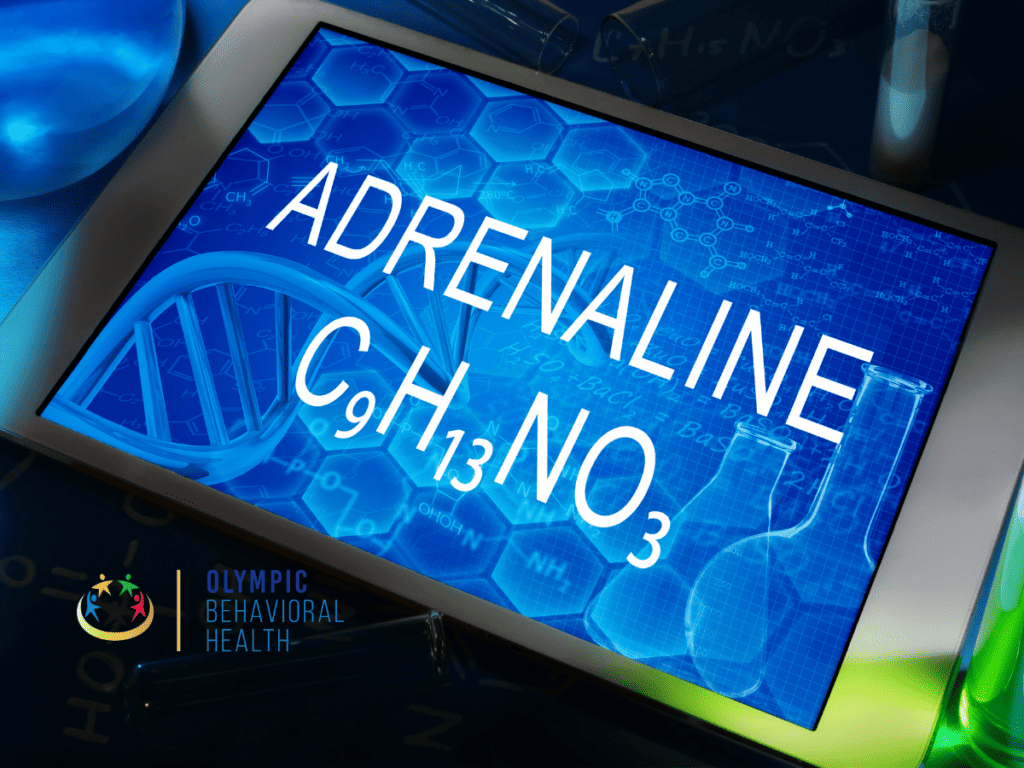
How is Adrenaline Produced?
Adrenaline is a crucial hormone and neurotransmitter that is produced and released in response to stressors or perceived threats. The process of its production takes place within the chromaffin cells in the medulla of the adrenal glands.
The production of adrenaline begins with the amino acid tyrosine, which undergoes a series of biochemical reactions within the adrenal medulla. This transformation leads to the formation of norepinephrine. The pivotal step in the synthesis of adrenaline involves an enzyme called phenylethanolamine N-methyltransferase, present in the chromaffin cells of the adrenal medulla. This enzyme catalyzes the methylation of norepinephrine, converting it into epinephrine.
How is Adrenaline Released?
Once synthesized, adrenaline is stored in the chromaffin cells of the adrenal medulla, awaiting a signal to be released. The release of adrenaline is triggered by a variety of stressors. These stressors can be emotional, physical, or environmental. In response to a perceived threat, the adrenal glands release adrenaline into the bloodstream, rapidly distributing it throughout the body.
Notably, while the majority of adrenaline is released from the adrenal glands, small amounts of the hormone are also released from the ends of sympathetic nerves. This dual origin of adrenaline emphasizes its role as both a hormone and a neurotransmitter, participating in both systemic and localized stress responses.
What is Addiction?
According to the American Society of Addiction Medicine addiction is defined as a treatable, chronic medical disease marked by intricate interactions among brain circuits, genetics, environmental factors, and an individual’s life experiences. Individuals struggling with addiction tend to engage in substance use or behaviors that evolve into compulsive patterns. These patterns persist despite the presence of harmful consequences.
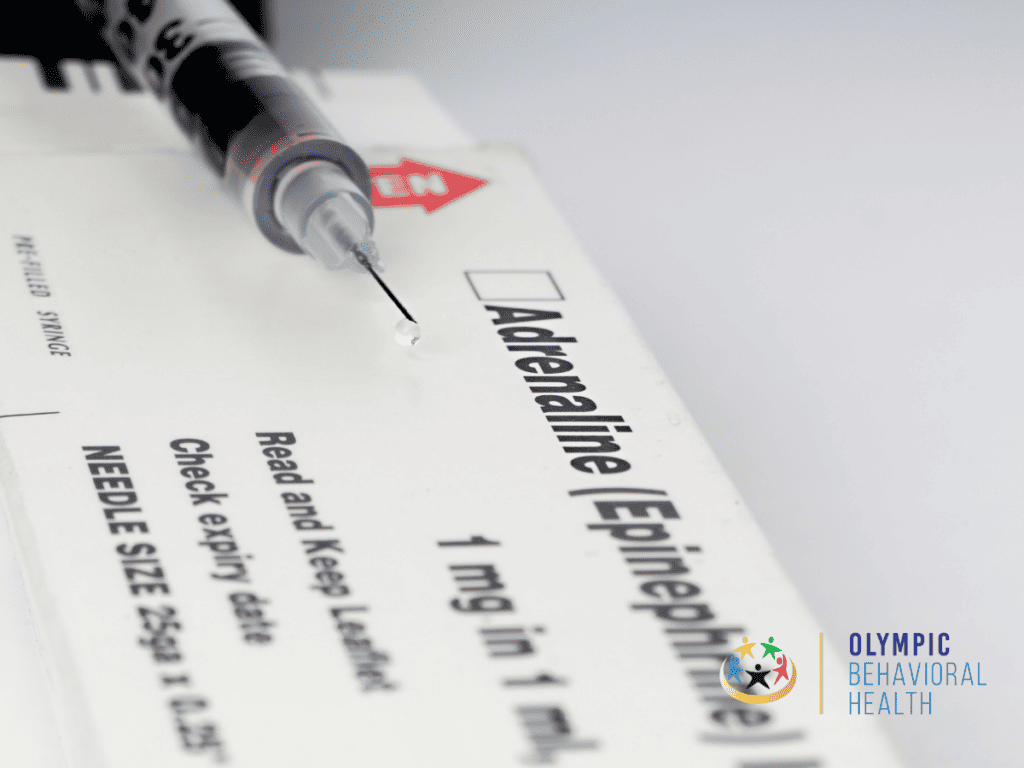
How is Adrenaline Connected with Addiction?
The exhilarating effects of adrenaline, with its ability to induce a heightened physical and mental state, can be a source of pleasure for some individuals. For those who revel in the feelings of power and excitement associated with an adrenaline rush, there may be a temptation to seek out such experiences regularly. This inclination to pursue adrenaline-fueled activities to achieve that intense rush is commonly referred to as being an “adrenaline junkie.”
Many people engage in moderate or low-risk activities such as watching horror movies or visiting theme parks to experience a controlled level of adrenaline rush. Adrenaline addicts find themselves becoming addicted to the sensation. Adrenaline addiction shares similarities with drug addiction, as individuals actively seek out the rush caused by the body’s release of hormones.
It’s noteworthy that adrenaline addiction is not formally recognized as a clinical disorder in the Diagnostic and Statistical Manual of Mental Disorders (DSM-5). This is due to a lack of enough studies to warrant a diagnosis. However, it is acknowledged that the pattern of uncontrollable and impulsive thrill-seeking behavior associated with adrenaline addiction can be linked to several mental health conditions, including Attention-Deficit/Hyperactivity Disorder (ADHD), Post-Traumatic Stress Disorder (PTSD), and substance use disorder.
Is Adrenaline Addictive?
Adrenaline has the potential to be addictive. Here are five mechanisms and reasons explaining why adrenaline can become addictive:
- Dopamine Release: Adrenaline triggers the release of dopamine in the brain’s reward system. This dopamine release induces feelings of pleasure and euphoria, creating a reinforcing loop that associates the behavior leading to the adrenaline rush with a desire for more. This mechanism is akin to how addictive substances stimulate the brain’s reward pathways.
- Thrill of the Unknown: Adrenaline addicts are often drawn to new challenges and experiences, as the unknown produces a rush of adrenaline. The anticipation of facing the unfamiliar can be as addictive as the actual surge of adrenaline. The thrill-seeking behavior becomes a constant pursuit of novel and exhilarating experiences.
- Emotional Regulation: For some individuals, the rush of adrenaline serves as a means of regulating emotions. It offers a temporary escape from negative feelings such as anxiety, depression, or boredom. The ability of adrenaline to provide a heightened emotional state becomes a coping mechanism, contributing to the addictive nature of seeking this hormonal rush.
- Peer Pressure and Social Acceptance: Activities that induce adrenaline, such as extreme sports or risky behaviors, are often associated with a sense of community and acceptance. Adrenaline addicts may feel pressure from their social group to engage in these activities, fostering a cycle of addiction. The desire for social acceptance becomes intertwined with the pursuit of adrenaline rushes.
- Tolerance and Withdrawal: Similar to addictive substances, the body can develop tolerance to adrenaline over time. This means that increasing amounts are needed to achieve the same rush. When individuals cannot engage in activities that produce adrenaline, they may experience withdrawal symptoms such as restlessness, irritability, anxiety, or depression. This cycle of tolerance and withdrawal is characteristic of addictive substances and behaviors.
Adrenaline addiction is a multifaceted issue, with various factors contributing to its development. Seeking help from qualified healthcare professionals is crucial for individuals exhibiting symptoms of adrenaline addiction. Treatment may involve therapy, support groups, medication, and lifestyle changes aimed at reducing stress and promoting healthier coping mechanisms. Recognizing the complex interplay of these mechanisms is essential in developing effective strategies to address and manage adrenaline addiction.
Are Adrenaline Addicts Susceptible to Substance Use Disorder?
According to a study by Kwako LE, and Koob GF with the title “Neuroclinical Framework for the Role of Stress in Addiction” in 2017, individuals perceived as adrenaline addicts are susceptible to developing substance use disorders.
Adrenaline junkies often describe a compelling need to engage in high-risk activities. They experience withdrawal symptoms like emotional discomfort, stress, or restlessness when abstaining from those activities. This emotional withdrawal bears similarities to the cravings reported by individuals struggling with substance use disorders.
Illegal drugs and alcohol, known to stimulate the release of dopamine—a neurotransmitter associated with pleasure and euphoria—can provide an alternative means to satisfy the intense cravings for that sensation.
The parallels between the emotional withdrawals in adrenaline addiction and substance abuse underscore the potential for a shift from one form of addiction to another. Individuals who may not have the time or resources to engage in extreme sports regularly may seek alternative ways to experience the exhilaration they crave. This search for satisfaction can lead to the use of substances as a substitute, providing a temporary sense of control over their emotions and experiences.
Additional Questions
What Are the Health Consequences of Adrenaline Addiction?
Some potential health effects of adrenaline addiction are increased heart rate and blood pressure, heightened stress levels, sleep disturbances, and an increased risk of injuries due to engaging in risky behaviors. Long-term adrenaline addiction may contribute to chronic stress-related conditions, cardiovascular issues, and mental health concerns such as anxiety and depression.
How to Overcome Adrenaline Addiction?
Overcoming adrenaline addiction often requires a comprehensive approach. Seeking help from qualified healthcare professionals is crucial. Treatment may involve therapy, such as cognitive-behavioral therapy (CBT), support groups, medication if necessary, and lifestyle changes. Developing healthier coping mechanisms, addressing underlying emotional issues, and finding alternative outlets for thrill-seeking behaviors are essential components of overcoming adrenaline addiction.
How Can I Tell if Someone Is Addicted to Adrenaline?
Identifying adrenaline addiction involves recognizing certain behavioral patterns. Signs may include a constant craving for high-risk activities, neglect of responsibilities, persistent engagement in thrill-seeking behaviors, and an inability to control or cut back on these activities despite negative consequences. Emotional withdrawal symptoms when not engaging in adrenaline-inducing activities, coupled with an increasing tolerance, can also indicate addiction.
When To Seek Help?
Individuals should consider seeking help if they notice persistent patterns of compulsive risk-taking behavior, experience emotional withdrawal when not engaging in high-risk activities, or find that their pursuit of adrenaline is negatively impacting their daily life, relationships, or overall well-being. If there is a sense of loss of control over these behaviors, seeking professional help from therapists, counselors, or addiction specialists is advisable. Early intervention is key to preventing the escalation of adrenaline addiction and its associated health consequences.
Can other neurotransmitter also cause Addiction?
Yes, let’s have a look at some:
How is Dopamine related to Addiction?
Dopamine is a neurotransmitter that plays a crucial role in addiction as it is involved in the brain’s reward system. When dopamine levels increase, it produces feelings of pleasure, satisfaction, and motivation, reinforcing the desire to engage in the activity or substance that triggered the release.
This is why individuals struggling with addiction experience intense cravings and seek out the addictive substance or behavior continually. Adrenaline also plays a role in this process as it can activate the release of dopamine in the brain, contributing to the reinforcing effects of addictive substances or behaviors.
Furthermore, chronic drug use can cause changes in the brain’s dopamine system, leading to a decrease in natural dopamine production and making the individual dependent on the addictive substance to maintain normal dopamine levels. For more information on the role of dopamine in addiction, check out our article.
How is Endorphins related to Addiction?
Endorphins are neurotransmitters produced by the body that are involved in pain regulation, mood, and pleasure. Similar to adrenaline, endorphins are also involved in the reward and pleasure pathways of the brain.
When released, endorphins can produce feelings of euphoria and can also reduce the perception of pain. Individuals with addiction may have imbalances in their endorphin levels, leading to difficulties in experiencing pleasure and an increased desire for substances or behaviors that can artificially stimulate these pathways.
This highlights the connection between endorphins, reward pathways, and addiction. To learn more about endorphins and their role in addiction, check out our article.
Get help for your Addiction
Addiction Treatment at Olympic Behavioral Health offers help and support for those struggling with addiction. Taking the first step can be difficult, but it is crucial to call for assistance. Our facility in West Palm Beach provides comprehensive addiction treatment programs to guide individuals towards recovery. If you or your loved one is battling addiction, reach out to Olympic Behavioral Health today.
Olympic Behavioral Health Drug Rehab
Olympic Behavioral Health Drug Rehab is a place where healing begins. With compassionate professionals and a state-of-the-art facility in West Palm Beach, we understand that overcoming addiction is challenging. The first step is calling us, and we will provide the help and support you need on your journey to recovery.

Share This Post
